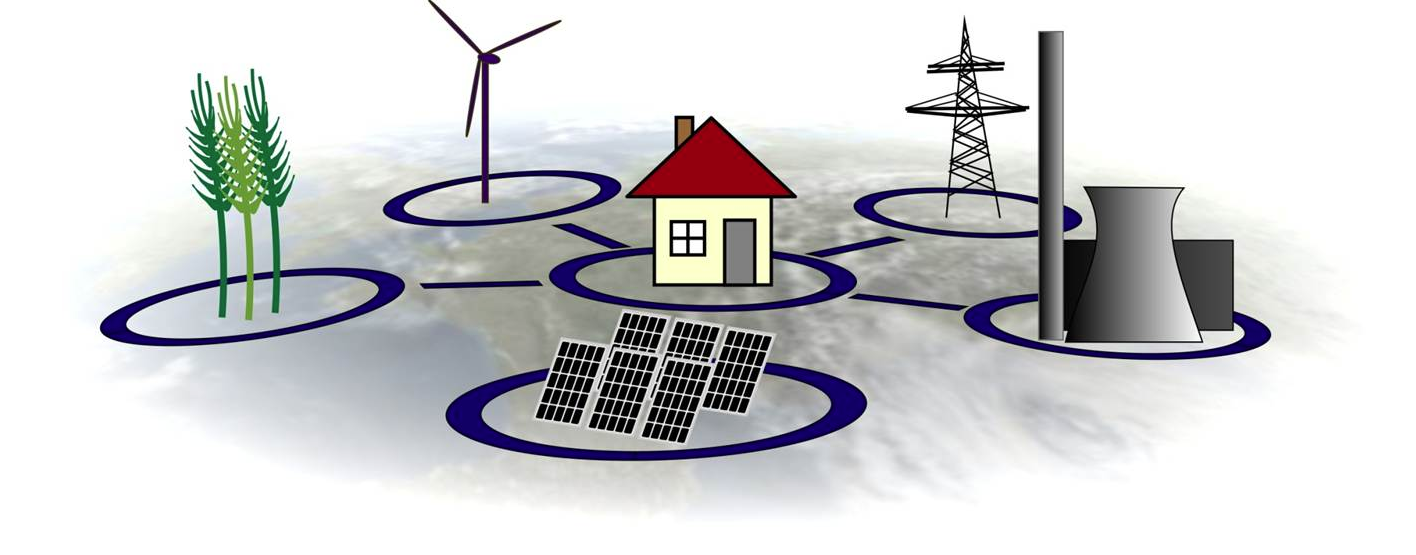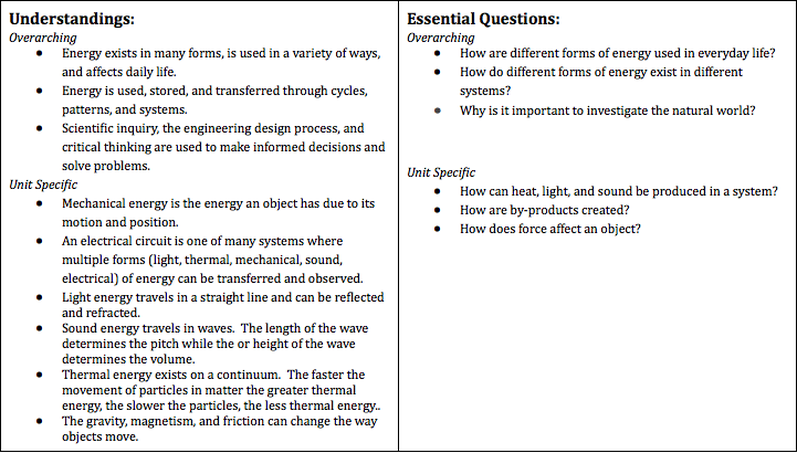Energy and Engineering
Unit Summary:
Students use their knowledge of force, motion, and forms of energy to solve an engineering challenge. Students design, plan, and implement an investigation that tests the effect of force on an object. They investigate how mechanical energy can be affected by different forces including gravity and magnetism. During the module, students investigate the flow of electricity in series and parallel circuits and how it can be transferred into other forms of energy including light, thermal, and sound energy. They extend their knowledge of light by investigating how light travels and can be reflected and refracted. Students explore sound energy through pitch and volume and how it is used in their everyday lives. Through these explorations students will have a better understanding of how various forms of energy interact and affect our lives.
Students use their knowledge of force, motion, and forms of energy to solve an engineering challenge. Students design, plan, and implement an investigation that tests the effect of force on an object. They investigate how mechanical energy can be affected by different forces including gravity and magnetism. During the module, students investigate the flow of electricity in series and parallel circuits and how it can be transferred into other forms of energy including light, thermal, and sound energy. They extend their knowledge of light by investigating how light travels and can be reflected and refracted. Students explore sound energy through pitch and volume and how it is used in their everyday lives. Through these explorations students will have a better understanding of how various forms of energy interact and affect our lives.

